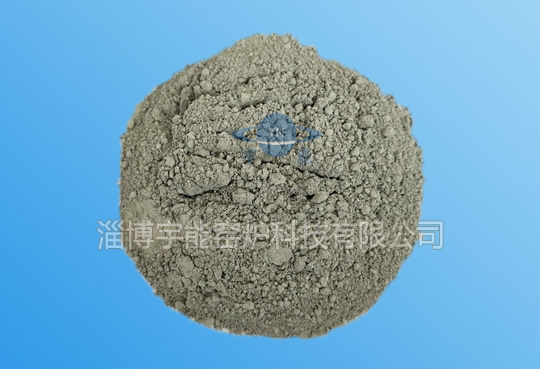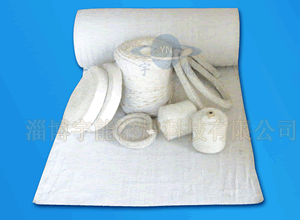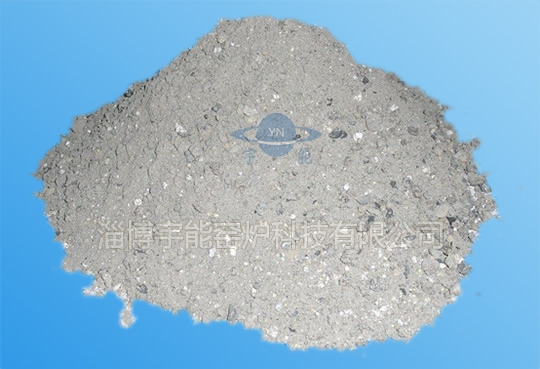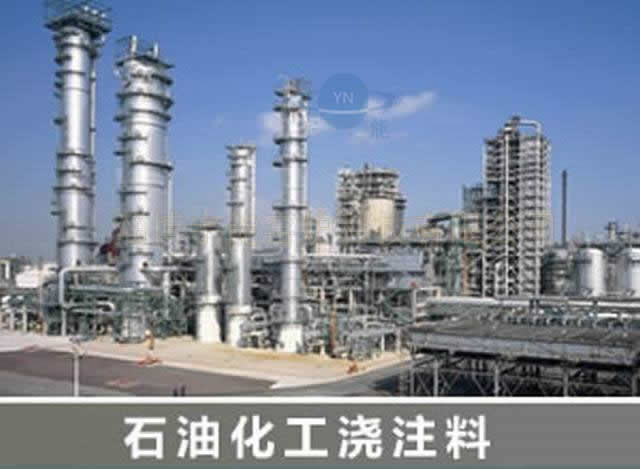Zibo Yunneng Kiln Technology Co. Ltd. Zibo Yunneng Kiln Technology Co. Ltd.
Free delivery samples
high quality assurance
Engineer's door-to-door guidance
lifelong technical support
Contact us+86159669653330086-533-5331887
Zibo Yunneng Kiln Technology Co. Ltd. Zibo Yunneng Kiln Technology Co. Ltd.
Free delivery samples
high quality assurance
Engineer's door-to-door guidance
lifelong technical support
Contact us+86159669653330086-533-5331887
Home -> News -> News -> Industry News ->
Analysis of the thermal radiation capacity of refractory bricks.
The ratio of the thermal energy radiated from the surface of the refractory brick to the thermal energy radiated by the black body at the same temperature. Also known as blackness, thermal emissivity, emissivity, emissivity, relative emissivity, etc. It characterizes the thermal radiation capability of the refractory brick surface. The emissivity of the surface of the refractory brick in the high temperature kiln directly affects the heat transfer efficiency of the material in the furnace. Spraying the furnace wall with the paint from the emissivity is one of the important ways to improve the thermal efficiency and fuel consumption of the heating furnace. The emissivity of the surface of the refractory brick is affected by the composition and surface state. Silicon carbide and zirconium-containing refractory bricks have relatively high emissivity and are commonly used in the manufacture of high emissivity coatings. The emissivity of refractory bricks generally decreases with increasing temperature. It also depends to a large extent on the surface state of the refractory material. The emissivity increases when the surface is rough. The emissivity of refractory bricks at normal temperature is generally between 0.85 and 0.99.
There are many test methods for the emissivity of refractory bricks. The commonly used card method is to put the refractory bricks to be tested into a vacuum chamber with a constant temperature of one week and blackened inner walls. After heating the refractory brick sample, determine the heat balance temperature and input power of the sample under steady state conditions, or measure the cooling curve of the refractory brick sample (unsteady state method), and calculate the heat balance equation according to the law of conservation of energy. The emissivity of the refractory bricks.
Relevant Product Display
 Mullite high strength explosion-proof castable G-16K
Mullite high strength explosion-proof castable G-16K
 Vacuum forming fiber mat, fiber board
Vacuum forming fiber mat, fiber board
 Lightweight insulating castable YL-8N
Lightweight insulating castable YL-8N
 Castable for petrochemical system
Castable for petrochemical system
Relevant information
Hotline